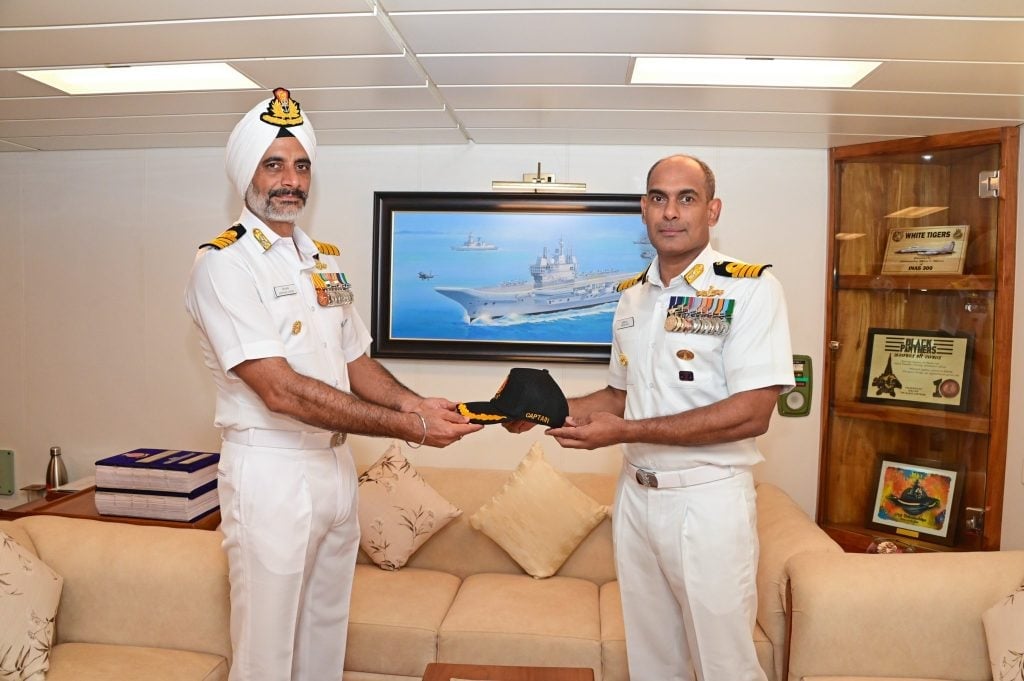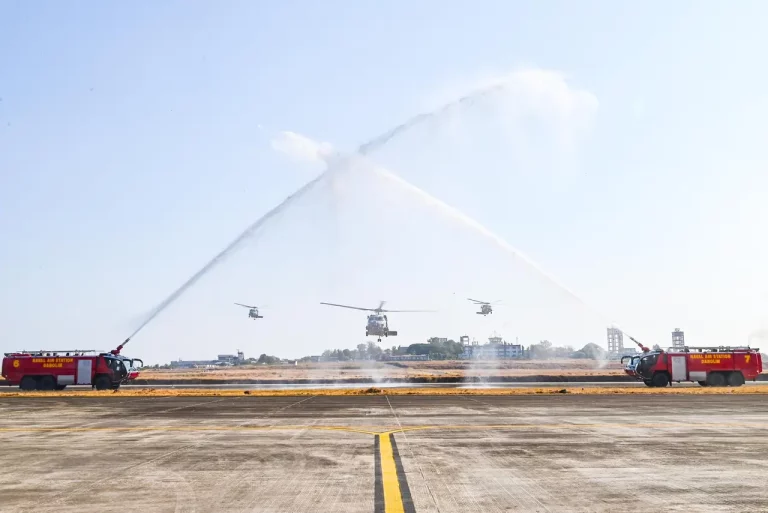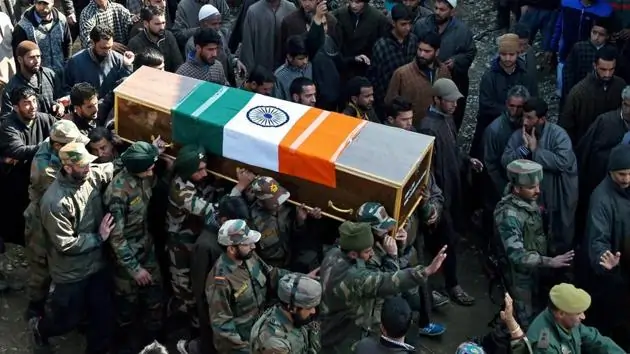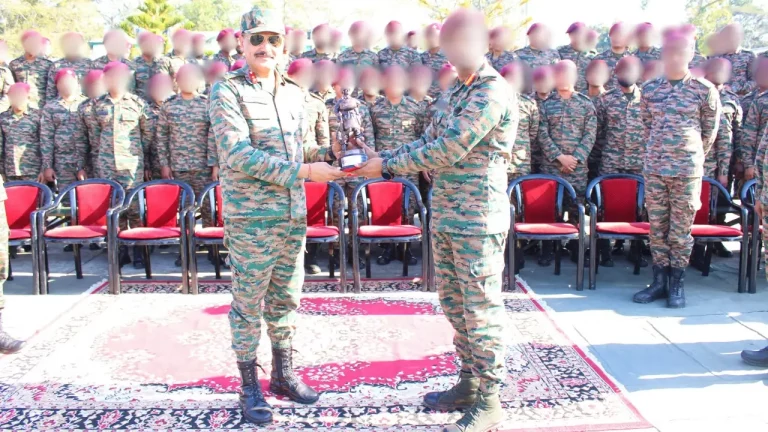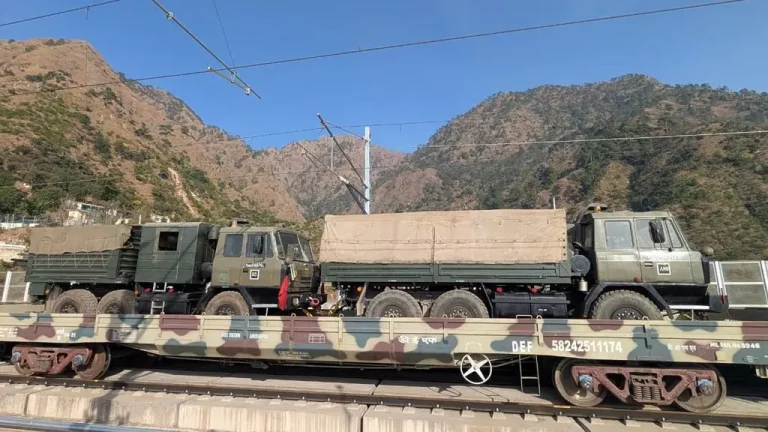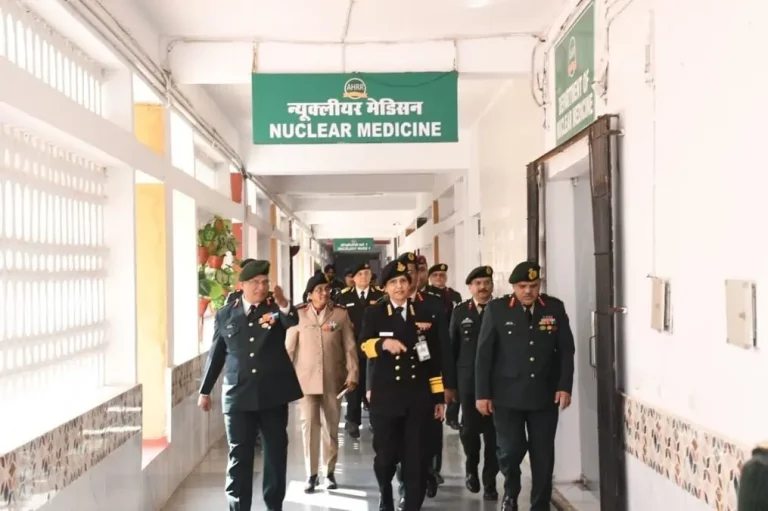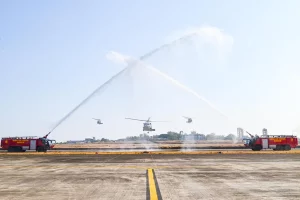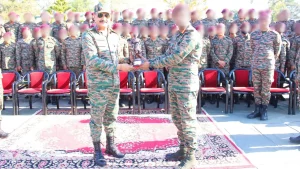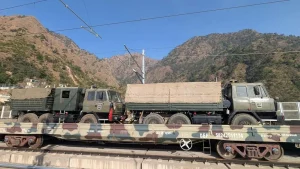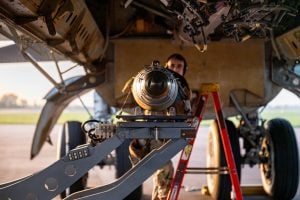In a momentous ceremony reflecting India’s naval heritage, Captain Ashok Rao, NM, has officially taken command of INS Vikrant, the country’s first indigenously built aircraft carrier, from Commodore Birendra S Bains. The transition of command was marked by traditional naval rites aboard the 45,000-tonne vessel, underscoring the Indian Navy’s commitment to indigenous excellence and operational readiness in the strategically vital Indo-Pacific region.
Captain Rao, a notable officer of the 52nd course at the Naval Academy, carries an impressive portfolio of leadership experience. Prior to his current assignment, he commanded several notable vessels, including INS Visakhapatnam, INS Kora, and INS Nishank. His previous role as Defence Adviser at the Indian High Commission in Colombo adds further depth to his strategic acumen, and his appointment is anticipated to significantly enhance INS Vikrant’s operational proficiency and its pivotal role in ensuring regional security.
The formalities of the change of command took place on the expansive flight deck of INS Vikrant, featuring a ceremonial parade, a guard of honor, and the traditional exchange of salutes. This aircraft carrier, a pride of the Indian Navy, was constructed by Cochin Shipyard Limited and was commissioned in 2013. Spanning 262 meters in length and 62 meters in width, INS Vikrant stands as a benchmark of India’s advancing naval engineering capabilities.
INS Vikrant is designed to support a versatile air wing, capable of hosting up to 36 aircraft, including 26 fixed-wing combat jets such as the MiG-29K. Plans are already in motion for the future induction of 26 Rafale M F4 jets, a move that was approved in 2023, which is expected to significantly augment the carrier’s air power. Additionally, it accommodates a fleet of helicopters, including the Dhruv MK-III, Sikorsky MH-60R, and Kamov Ka-31, all essential for multi-role missions.
The carrier employs a Short Take-Off But Arrested Recovery (STOBAR) configuration and boasts two strategically positioned aircraft elevators, facilitating simultaneous flight and elevator operations. This design not only distinguishes it from the INS Vikramaditya, which utilizes a single, centrally located elevator but also improves sortie generation and overall operational flexibility.
Command operations are centralized from the bridge under Captain Rao’s guidance, while flight operations are expertly managed from the FLYCO (Flight Control Position), an elevated control tower that stands 10 meters high, providing optimal visibility over the flight deck.
This leadership change aboard INS Vikrant reaffirms the Indian Navy’s long-term vision of fostering a self-reliant maritime force. Named in honor of India’s first aircraft carrier, which was decommissioned in 1997, the vessel continues to be a cornerstone in safeguarding India’s maritime interests and projecting naval power across crucial sea routes.
